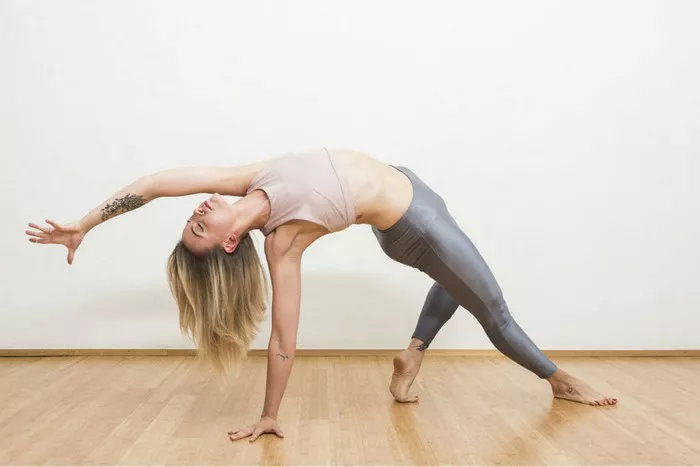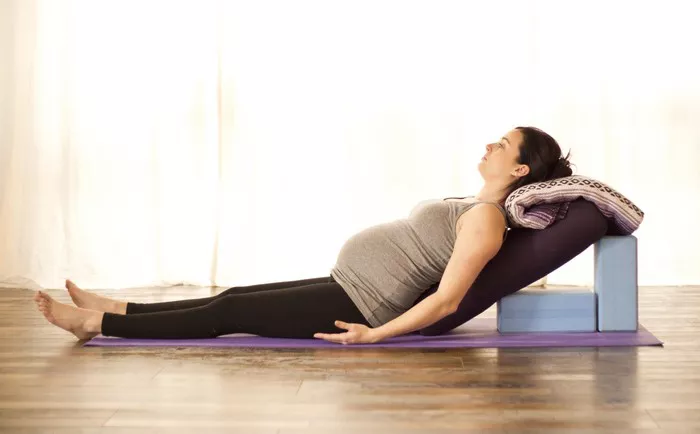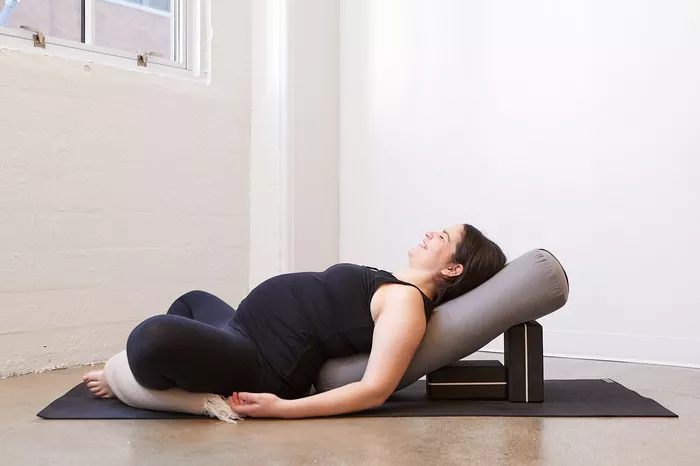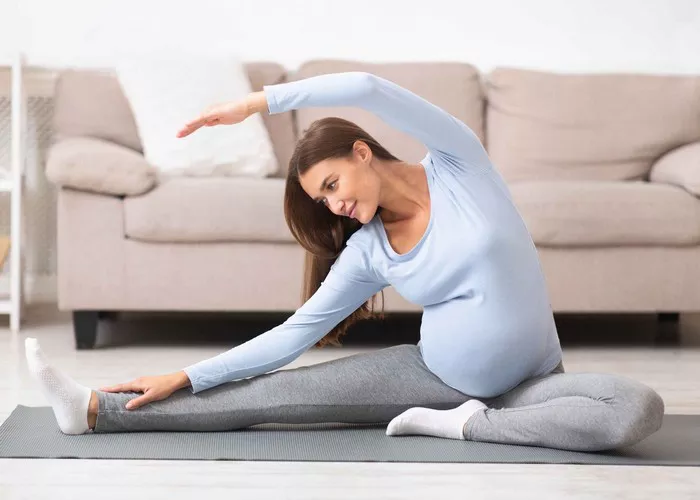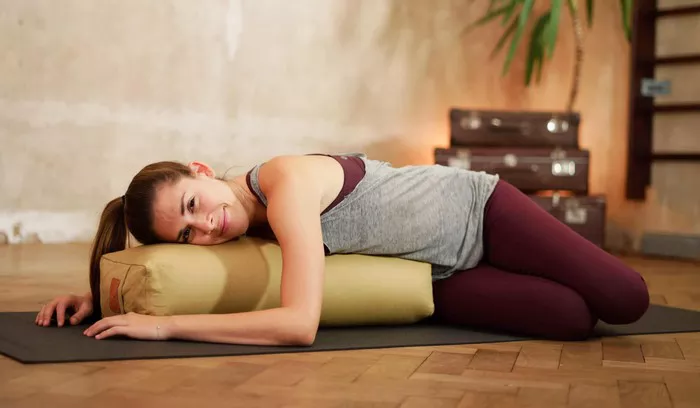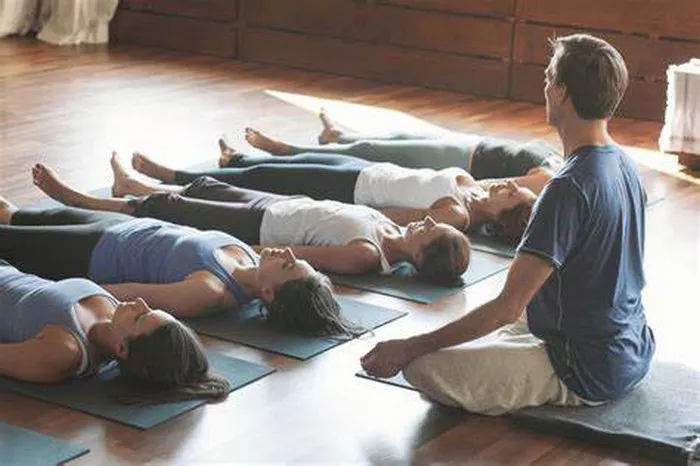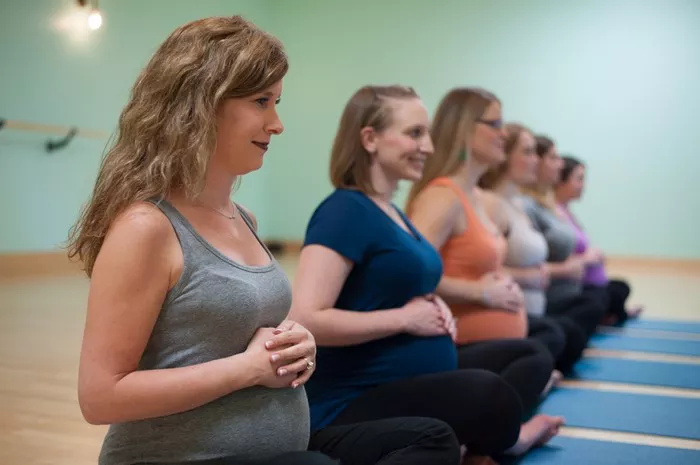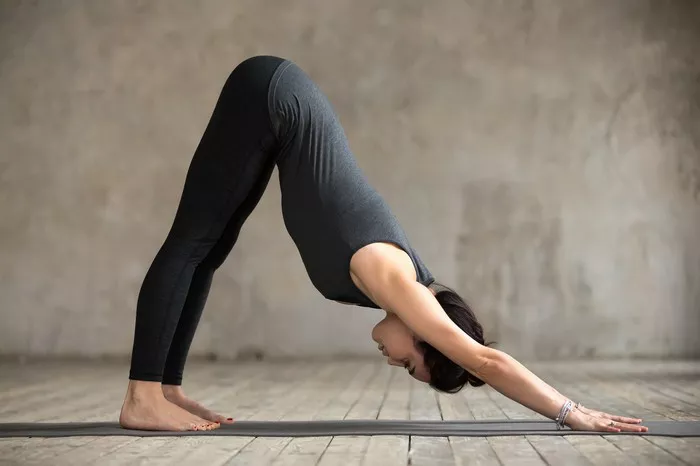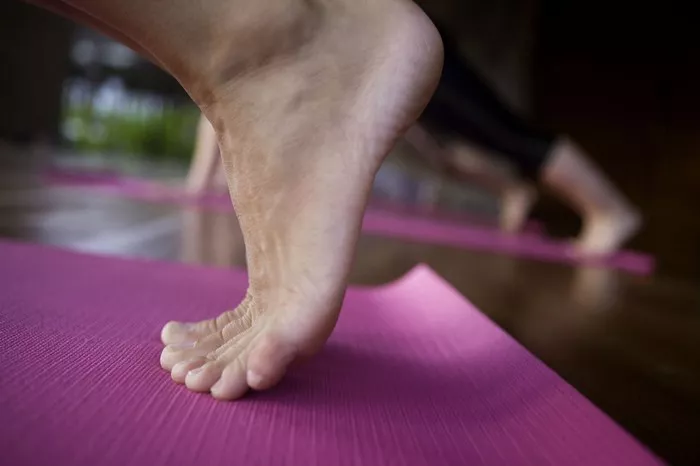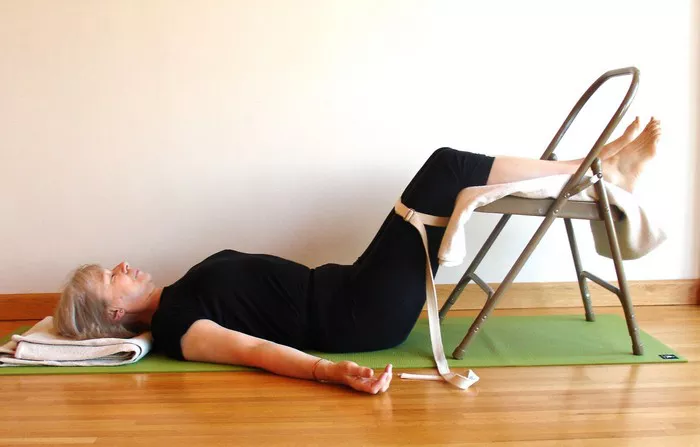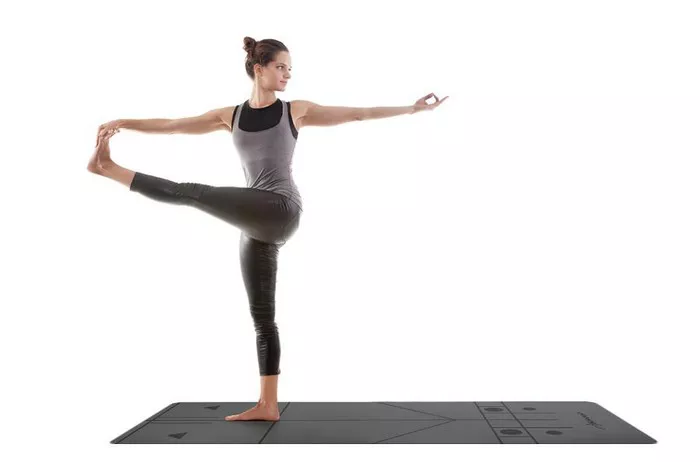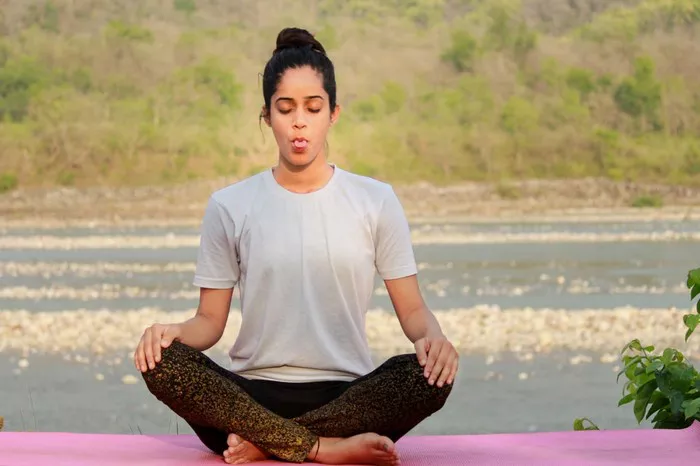Yoga is a practice that offers a myriad of physical and mental benefits, ranging from increased flexibility to reduced stress and improved posture. Among the many foundational poses, the Cat Cow stretch stands out as a versatile movement that can be incorporated into almost any yoga sequence. But does the Cat Cow stretch target your abdominal muscles? Let’s explore the answer to this question in depth and examine how this dynamic pose engages your core and the various other benefits it provides.
Introduction to the Cat Cow Stretch
The Cat Cow stretch is a gentle, fluid movement that involves transitioning between two distinct positions while on all fours. This pose is typically performed on the hands and knees, with the wrists aligned directly under the shoulders and the knees directly beneath the hips. The sequence alternates between arching the back (Cow Pose) and rounding it (Cat Pose), creating a rhythmic motion that promotes spinal mobility and relaxation.
While the Cat Cow stretch is commonly known for its ability to improve spinal flexibility and relieve tension in the back, the question arises: does it also target the abdominal muscles, specifically the abs?
The Anatomy of the Cat Cow Pose
Before diving into the core engagement, it’s important to understand the mechanics of the Cat Cow stretch. This pose involves two main components:
Cow Pose (Bitilasana): In Cow Pose, you begin by inhaling as you arch your back, allowing the belly to drop toward the mat. The chest lifts, and the shoulders roll back, expanding the ribcage and creating an opening in the front of the body. The tailbone tilts upward toward the ceiling.
Cat Pose (Marjaryasana): In Cat Pose, the exhale prompts the spine to round, drawing the belly button toward the spine. The back arches upward, and the chin tucks toward the chest. The pelvis tilts downward as the tailbone drops toward the floor, creating a flexion in the spine.
These two movements create a gentle stretching effect along the spine, helping to loosen tight muscles in the back and neck. However, when performed correctly, the Cat Cow stretch also engages muscles in the abdomen, particularly the rectus abdominis, obliques, and transverse abdominis. Let’s look at how this happens in more detail.
How Does the Cat Cow Stretch Engage the Abs?
While the Cat Cow stretch is primarily known for its impact on spinal flexibility, it also provides subtle but effective engagement of the abdominal muscles. Here’s how:
1. Engaging the Core in Cow Pose
In the Cow Pose, when you arch your back and allow your belly to drop toward the floor, there is an inherent engagement of the abdominal muscles to stabilize the spine. Although the focus of the pose is on spinal extension, the action of lifting the chest and expanding the ribcage requires coordination with the core muscles.
As you inhale and move into Cow Pose, your abdominal muscles engage to prevent excessive arching in the lower back and to support the spine as it moves into extension. The lower abs, particularly the transverse abdominis (the deepest layer of abdominal muscle), work to provide stability. This subtle engagement is crucial for protecting the lower back from strain during the arching motion.
2. Activating the Core in Cat Pose
In contrast, Cat Pose is characterized by rounding the back, tucking the pelvis, and drawing the belly button toward the spine. This requires active contraction of the abdominal muscles, especially the rectus abdominis and obliques. As you exhale and move into the rounded position, your core works to help flex the spine and create the upward curve in the back.
The abdominal muscles, particularly the upper and lower abs, are engaged to round the spine, as they assist in flexing the trunk. Additionally, the obliques, which are responsible for lateral flexion and rotation of the spine, play a role in supporting the body through the movement. The activation of the core in this pose promotes the strengthening of these muscles while also allowing for deeper spinal flexion.
3. The Transverse Abdominis and Spinal Stability
One of the key muscles involved in both Cow and Cat poses is the transverse abdominis (TVA). This deep core muscle wraps around your torso like a corset and plays a crucial role in stabilizing the spine during dynamic movements. In both poses, the TVA activates to maintain pelvic alignment and ensure the stability of the lower back. While the TVA is not as visibly prominent as the rectus abdominis, it plays a significant role in overall core strength and stability.
As the Cat Cow stretch requires alternating between spinal extension and flexion, the TVA works to support the spine in both positions, promoting balance and preventing excessive strain on the lower back. The strengthening of the TVA over time can contribute to improved posture and reduced risk of injury.
4. Breath Coordination and Core Activation
Breath is an essential component of the Cat Cow stretch. The coordinated movement of inhaling during Cow Pose and exhaling during Cat Pose not only enhances the fluidity of the stretch but also increases the activation of the abdominal muscles. Proper breath support during yoga poses encourages a deeper connection to the core, which results in better engagement of the abdominal muscles.
When you inhale deeply during Cow Pose, the diaphragm lowers, expanding the abdominal cavity. This downward pressure can help activate the deeper layers of the abdominal muscles. Conversely, when you exhale during Cat Pose, the diaphragm rises, and the abdominal muscles contract, facilitating core engagement. This dynamic breath-core connection ensures that the abs are being actively worked in both phases of the stretch.
Benefits of the Cat Cow Stretch
While the primary focus of the Cat Cow stretch is spinal mobility, it offers several other benefits, many of which directly or indirectly contribute to strengthening and toning the abdominal muscles. Let’s explore some of the key benefits:
1. Improved Spinal Flexibility
The Cat Cow stretch is particularly beneficial for improving the flexibility and mobility of the spine. By moving between spinal extension (Cow Pose) and flexion (Cat Pose), you gently stretch and strengthen the muscles along the back. This increased mobility can help alleviate tension in the spine and improve overall posture.
2. Strengthened Core Muscles
As discussed, the Cat Cow stretch engages various abdominal muscles, including the rectus abdominis, obliques, and transverse abdominis. This engagement leads to a gradual strengthening of these muscles, which can contribute to better overall core strength. A strong core is essential for maintaining good posture, preventing back pain, and supporting other physical activities.
3. Increased Blood Flow to the Spine and Abdomen
The gentle movement of the spine in the Cat Cow stretch encourages circulation and blood flow to the muscles of the back and abdomen. Improved blood flow helps to nourish the tissues, reduce muscle stiffness, and promote healing. The deep breathing combined with spinal movement also helps to release tension and increase oxygenation to the body.
4. Relief from Back Pain
By improving spinal flexibility and engaging the core muscles, the Cat Cow stretch can provide relief from tension and stiffness in the lower back. The gentle motion of arching and rounding the spine helps to stretch the back muscles, which can alleviate discomfort and improve mobility. Regular practice can help prevent the onset of chronic back pain, especially for individuals who spend long hours sitting.
5. Enhanced Posture
A well-conditioned core plays a key role in supporting proper posture. The Cat Cow stretch helps to activate the deep abdominal muscles, promoting better alignment of the spine. By strengthening the muscles that stabilize the trunk, the practice encourages more upright and balanced posture, reducing the risk of slouching or rounding the shoulders.
6. Stress Relief and Mental Clarity
As a dynamic, flowing movement, the Cat Cow stretch also has a calming effect on the mind. The connection between breath and movement promotes mindfulness and helps to reduce mental stress. The rhythmic motion of the stretch encourages a meditative quality, which can improve mental clarity and help alleviate anxiety.
Conclusion
The Cat Cow stretch is an incredibly versatile and beneficial yoga pose that offers a variety of physical and mental benefits. While it may not be a targeted abdominal exercise like crunches or planks, it certainly engages the core muscles in a subtle yet effective way. The movement helps to strengthen the abdominal muscles, particularly the transverse abdominis and rectus abdominis, while promoting spinal flexibility, stability, and overall body awareness.
Incorporating the Cat Cow stretch into your yoga practice can provide long-term benefits for both the body and mind. It can help alleviate back pain, improve posture, and strengthen the core. As a foundational movement in many yoga sequences, it is a perfect way to begin or end a practice and can be easily modified to suit various levels of experience.
By regularly practicing this dynamic stretch, you can not only improve the health of your spine but also work toward achieving a stronger, more flexible core. So, while the Cat Cow stretch may not be a hardcore ab workout, it is certainly an excellent way to engage and strengthen the muscles that support your abdominal region.
Related Topics:

